Aluminum repair questions have dogged the all-new 2015 Ford F-150 since its introduction. The shift from a steel body has had critics pointing to how much more expensive it will be to repair the truck’s body after accidents. With plenty of variables involved, it is a tough topic indeed, so Edmunds.com bought a new $52,000 2015 Ford F-150, grabbed a sledge hammer, and set out to find the answer. The results were pretty eye-opening.
During the first video, Edmunds describes its plan and why it choose to damage the rear bed body panel. Unlike the other body panels which are simply swapped out when damaged, this panel must be repaired, thereby providing a true idea of the difference in repair costs between aluminum and steel. Have a look:
The second video shows the repair bill. Edmunds took the truck to its local Ford dealer to be fixed. To start, the repair would take about seven to ten days, compared to roughly four for steel. In addition, Edmunds got a price break for paying out of pocket rather than using an insurance company, putting the overall cost of the repair at $4,138.44. That’s $600 more than steel, since aluminum takes twice as long to repair (20 hours vs. 10 hours for steel) at twice the hourly rate ($120 for aluminum vs. $60 per hour for steel).
In the end, the repair came out to a total of $4,138.44, which is made up of:
- $2,400 in body work (20 hours of labor at $120 per hour), plus
- $1,738.44 for other repairs like the tail light assembly, which costs $887 since it houses the Blind Spot Monitoring System and the LED accent light. A “regular” tail light assembly would have only cost $106.
So, does an aluminum body panel cost more to repair than a steel one? The answer is a resounding yes. At least currently.
Yet, even though the video illustrates the drastic difference in price, some will note that it’s not necessarily the complete story. In many cases, the difference in repair prices will be significantly lower since Ford designed the majority of F-150 body panels to be swapped out when damaged, rather than being repaired. In that regard Edmunds’ example is truly a worst-case scenario.


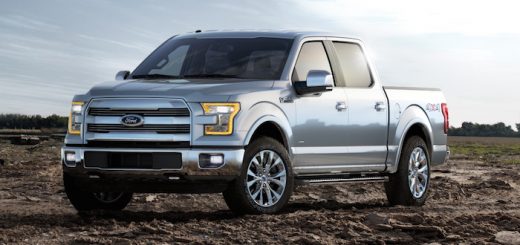
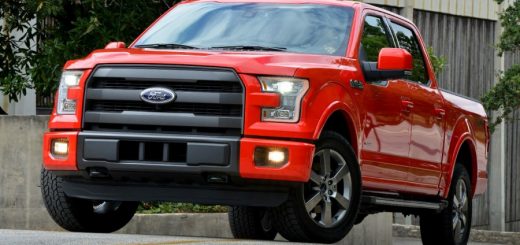

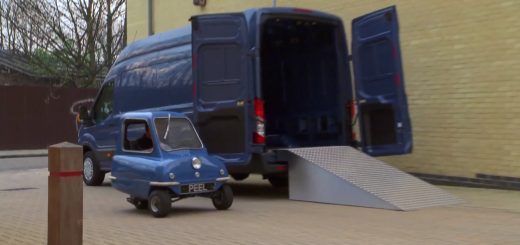
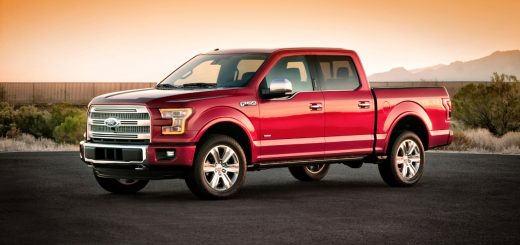
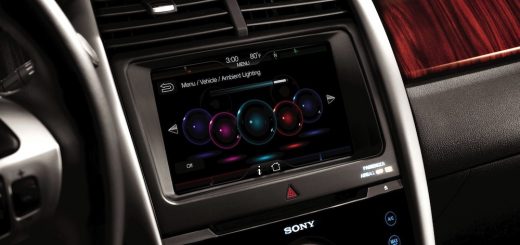






No Comments yet